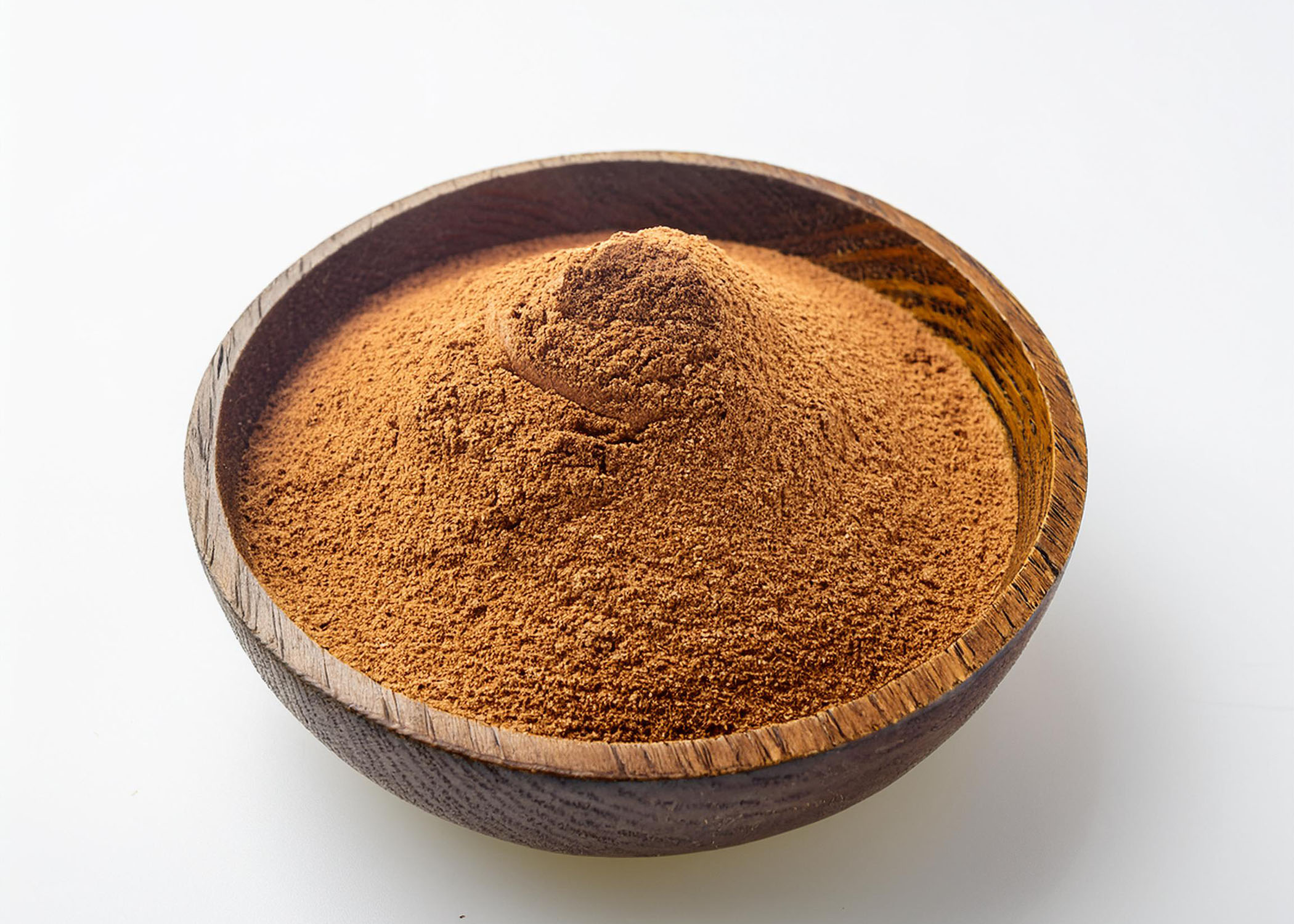Botanical Name: Cinnamomum loureiroi
Also Called: Vietnamese cinnamon
Saigon cinnamon is a highly prized and aromatic variety of cinnamon native to Vietnam. Renowned for its intense flavor and high concentration of essential oils, Saigon cinnamon is considered one of the most potent types of cinnamon available. Its bold, sweet, and spicy profile makes it a favorite among chefs, bakers, and spice enthusiasts.
Saigon cinnamon stands out due to its high cinnamaldehyde content, which gives it a more intense aroma and flavor compared to other varieties like Ceylon or Korintje cinnamon. This compound is responsible for cinnamon’s characteristic spicy warmth. Saigon cinnamon’s flavor is sweet, spicy, and almost peppery, with a lingering heat that sets it apart from milder types. Its fragrance is similarly strong, with a rich, woody aroma that immediately enhances both sweet and savory dishes.
Visually, Saigon cinnamon has a darker, reddish-brown color, and the bark tends to be thicker and coarser than that of Ceylon cinnamon, which is finer and more delicate. When ground into a powder, Saigon cinnamon is a rich, warm brown, and its strong flavor means that even small amounts can have a significant impact on a dish.
Saigon cinnamon is highly versatile and can be used in both sweet and savory dishes. In baking, it adds a rich warmth to classics like cinnamon rolls, apple pies, cookies, and muffins. It is also commonly used in spiced drinks such as chai lattes, hot cocoa, and mulled cider, where its bold flavor complements other spices like clove, nutmeg, and cardamom.
In savory dishes, Saigon cinnamon shines in spice rubs and marinades for meats, especially in Vietnamese and other Southeast Asian cuisines. It is frequently used in pho, the traditional Vietnamese noodle soup, where its sweet, spicy undertones balance the rich broth. Saigon cinnamon is also an important ingredient in Indian and Middle Eastern cooking, adding depth to curries, tagines, and stews.

